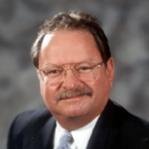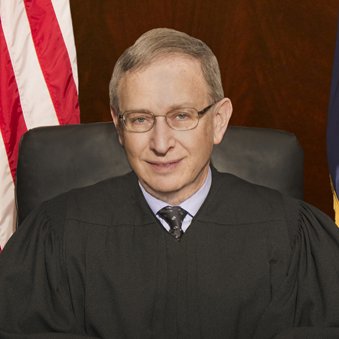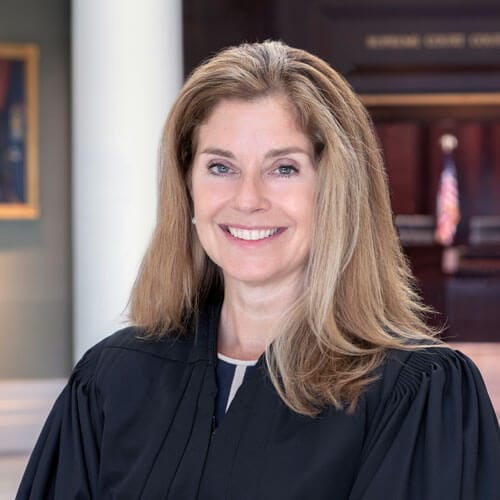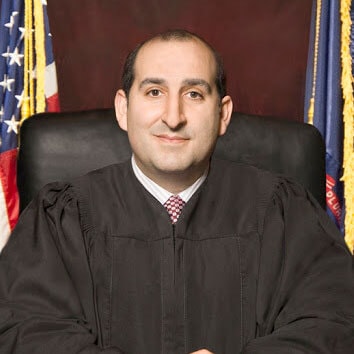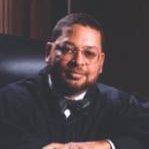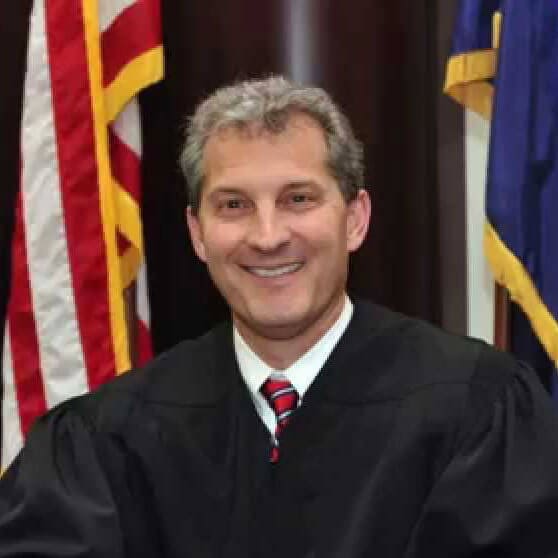And we’ll show you two ways to help. Together, we can be a voice for change and protect Michigan’s land, air, water, public health, and democracy.
This case establishes an important precedent concerning noise pollution, shooting hazards, and land use related to shooting ranges. Under the holding of the case, as long as ranges that were established before July 5th, 1994 operate under generally accepted practices set by the DNR, then they may not be subject to local zoning controls. This even holds true if the nature of the shooting activities change and expand from recreational to commercial use. As a result, local governments would have very little control over the amount of noise pollution and wildlife endangerment within range of a shooting operation of this kind, creating a nuisance and putting local ecosystems in danger.
Addison Township wrote up a citation for Jerry Barnhart for operating a shooting range without zoning compliance. Barnhart responded that he did not need a permit because his shooting range was approved by the town supervisor and was protected from zoning controls by the Michigan Sport Shooting Range Act (SSRA). The Township disagreed. Barnhart had expanded his operations from exclusively recreational to include commercial activity. The Township also alleged Barnhart did not follow generally accepted operation practices, which would qualify the range for SSRA zoning protections. The court held that because Barnhart adhered to generally accepted operation practices, his range did fall within the scope of protections afforded by the SSRA, and was therefore not required to comply with local zoning controls.
In 1993, Addison Township approved Barnhart’s request to construct a shooting range on his 80-acre property. The town supervisor endorsed the project because Barnhart agreed that only his friends and family would use the shooting range. Eventually, Barnhart began using the range for the additional purpose of teaching firearm lessons and hosting third-party military and police training exercises. In 2005, the Township cited Barnhart for operating the shooting range without a zoning compliance permit, giving rise to this action.
After a bench trial, the district court issued a directed verdict for Barnhart and dismissed the case. The court held that under the SSRA, Barnhart was entitled to operate the shooting range without complying with local zoning controls. On appeal, the case was remanded back to the district court to consider whether Barnhart’s range qualified for SSRA protections given Barnhart’s commercial activities on the range.
Does the SSRA authorize Defendant Barnhart to operate his shooting range without having to comply with local zoning controls?
Justices Cavanagh, Young, Markman, Kelly, Zahra, McCormack, and Viviano unanimously held that the SSRA protected Barnhart’s shooting range. The court decided that the SSRA’s definition of protected sport shooting ranges was unambiguous. To be protected under the SSRA, shooting ranges must (1) have existed before July 5, 1994, (2) comply with generally accepted operation practices, and be (3) “an area designed and operated for the use of archery, rifles, shotguns, pistols, silhouettes, skeet, trap, black powder, or any other similar sport shooting.”
The court held that it was undisputed that Barnhart’s range satisfied criterion (1) because it was established in 1993. Furthermore, it held the range satisfied criterion (2) because it operated under guidance from the National Rifle Association’s (NRA) Manual for shooting ranges. The court deemed the NRA’s recommendations as generally accepted operation practices because of a Department of Natural Resources (DNR) memorandum, which described them as such. Even though Barnhart did not strictly follow all of the NRA recommendations, the court held that he sufficiently adhered to its guidance to fall within the scope of generally accepted operation practices as defined by the DNR memo.

